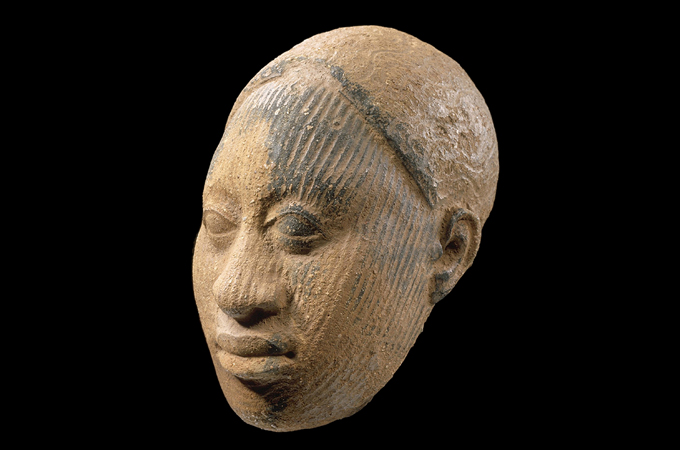Winter 2018
Art lovers and museum enthusiasts have a unique opportunity to experience some of the greatest collections of Musée du Louvre in Abu Dhabi, while exploring the history of the French museum.
Louvre Abu Dhabi’s first special exhibition, From One Louvre to Another: Opening a Museum for Everyone, tells the fascinating stories of the origins of the great Musée du Louvre in France.
The exhibition, which runs until April 7, traces the history of Musée du Louvre in the 18th century through 150 paintings, sculptures, decorative arts and other works of art from the world-renowned collections of the Musée du Louvre and the Château de Versailles.
Divided into three sections, the exhibition explores the royal collections at Versailles under Louis XIV, the Louvre as a palace for artists, and the creation of the Musée du Louvre.
From One Louvre to Another begins with Versailles in the late 17th century, showing how the royal collections were displayed in the gardens, the state apartments, and the king’s private apartment. Notable works displayed in this section includes Jean Garnier’s stunning oil painting Portrait of Louis XIV with the allegory of good government (1670-72), and the 1st-2nd century AD Roman statue, Diana of Versailles, formerly found in the grounds of the great palace.
It then moves on to the Louvre palace, a great hive of artistic activity in the 18th century, home to artists’ studios, the Royal Academy of Painting and Sculpture, and the Salon, a contemporary art exhibition that was held in the Salon Carré every other year. A section devoted to the workshops housed within the Louvre palace features such items of master craftsmanship as the Clock of the Creation of the World, by astronomer and mechanist Claude-Siméon Passemant and silversmith François-Thomas Germain. Nicolas Bernard Lépicié’s painting The Young Draughtsman (1772) is an example of output from members of the Royal Academy of Painting and Sculpture, also housed in the palace.
An epilogue to the exhibition evokes the transformation of the Louvre into a universal museum in the 19th century, with the discovery of periods of history and peoples that were not familiar in Europe at the time. A highlight is the Barberini vase, a copper work masterpiece executed for an Ayyubid prince who reigned in Aleppo between 1239 and 1260. This section aims to inspire visitors to reflect upon what a universal museum is, and the parallels between Musée du Louvre and Louvre Abu Dhabi.
During the 18th century, the French Crown owned the largest art collection in Europe. It became clear that the Louvre, dedicated to the arts, was the ideal location for a museum that would give an opportunity for everyone to study and view the royal collections. The exhibition concludes with the acquisitions and commissions made under Louis XVI for this future museum, which would finally open during the French Revolution, in 1793. There are also a Japanese porcelain vase and cover decorated in the Kakiemon style (c 1770) and a sculpture of Montesquieu by Clodion, part of the Great Men of France series.
The exhibition’s scenography ingeniously recreates the outdoor lighting of the gardens at Versailles and the lavishness of the château’s apartments, bringing to life the hustle and bustle of the artists’ studios within the Louvre, the crowded fashion in which paintings were hung for the Salons, and the eclecticism of the Musée du Louvre’s collections in the nineteenth century. Short immersive films enhance the experience.



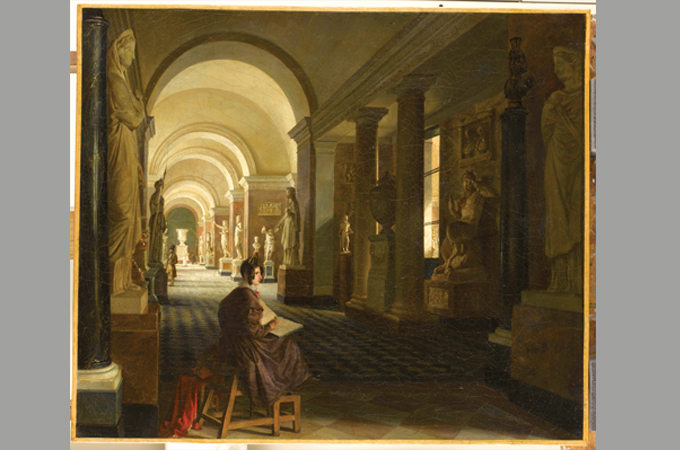
.jpg)
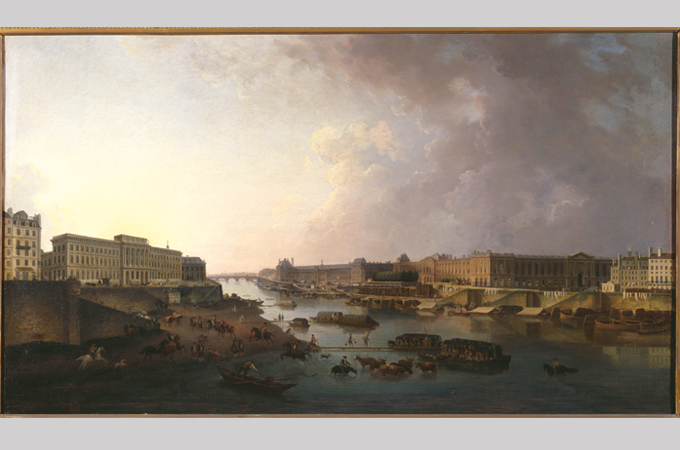
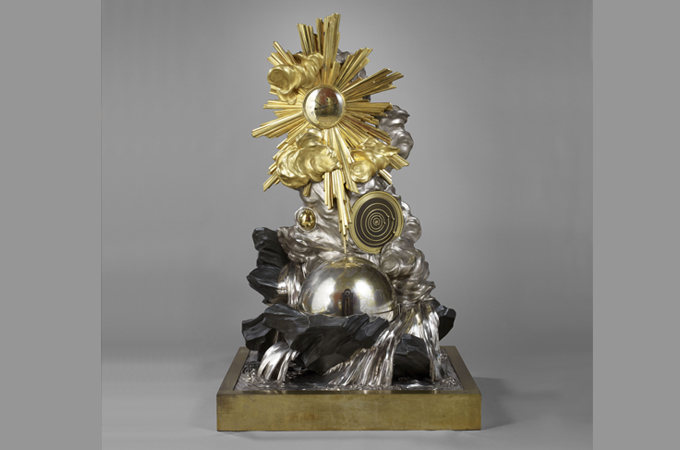
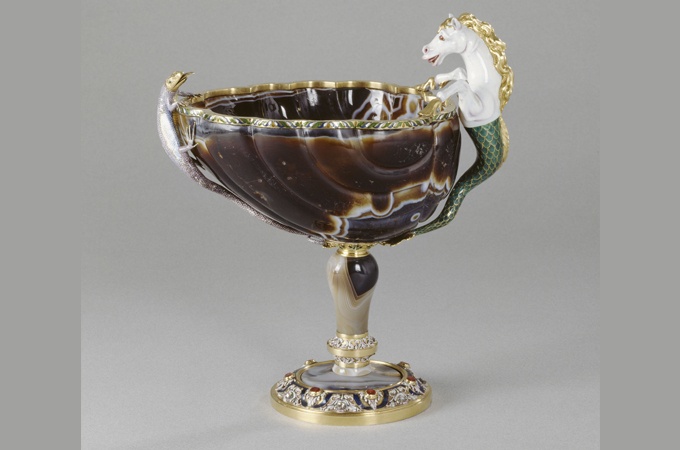
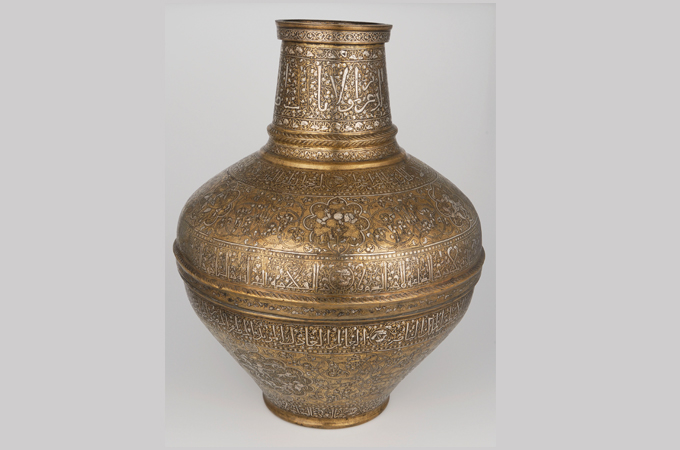
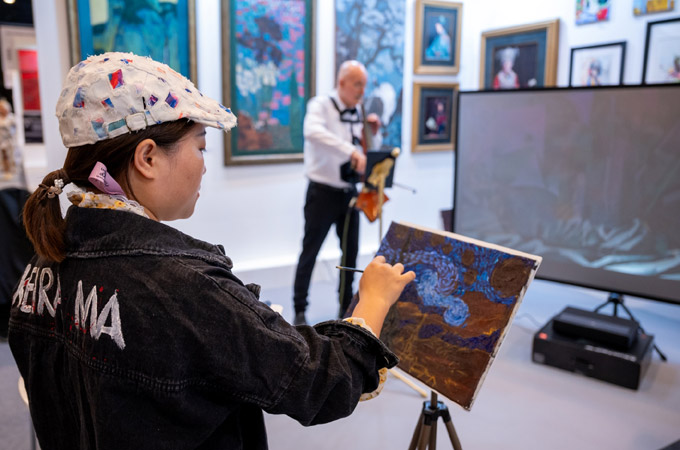
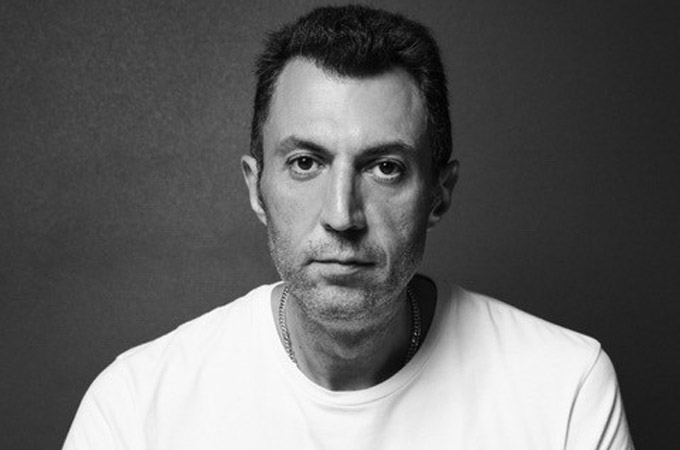
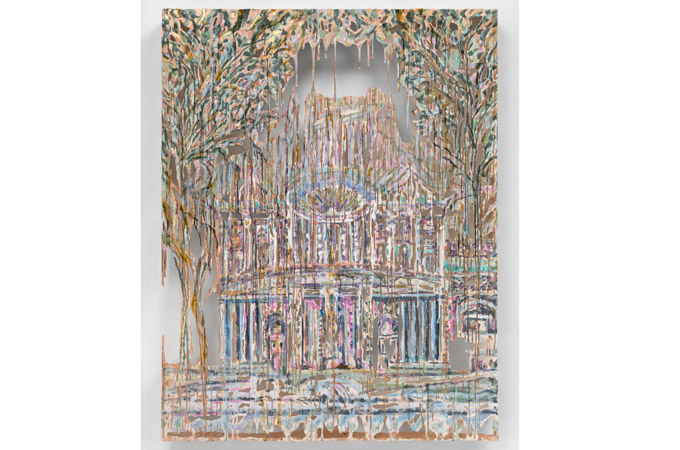
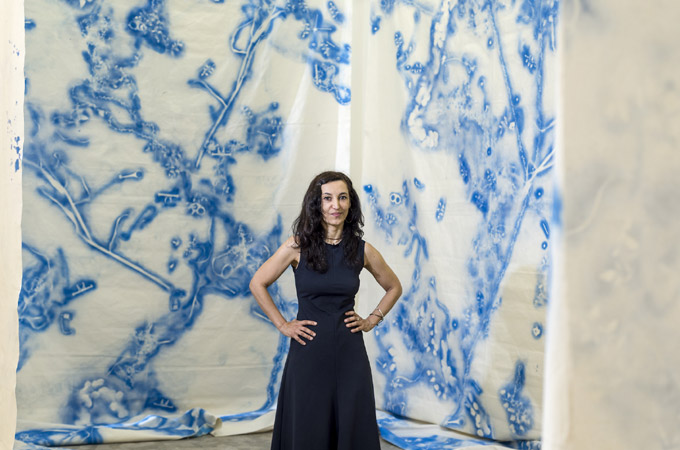
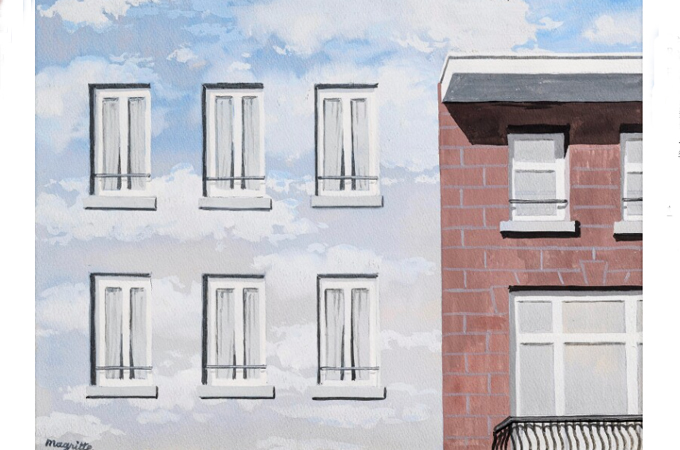

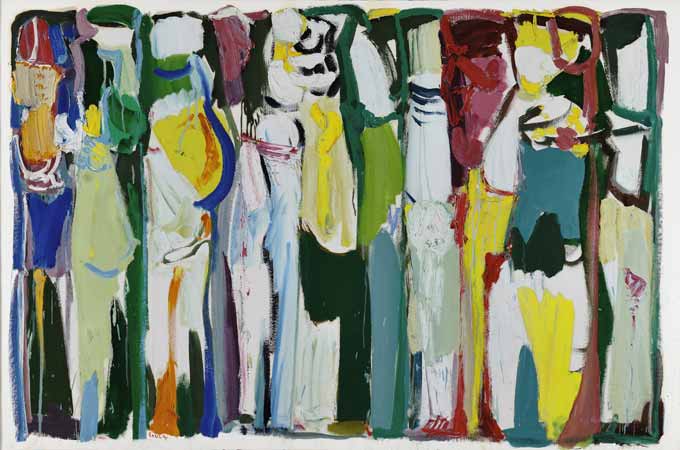

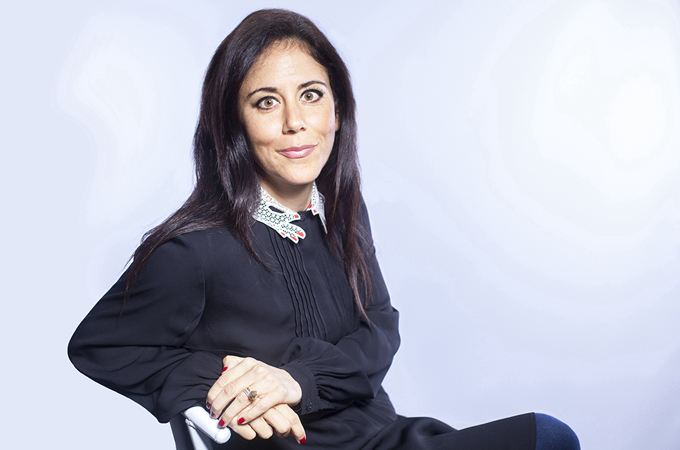
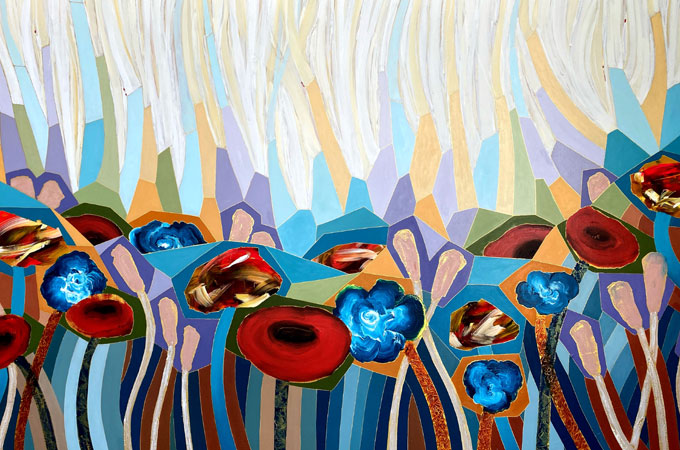
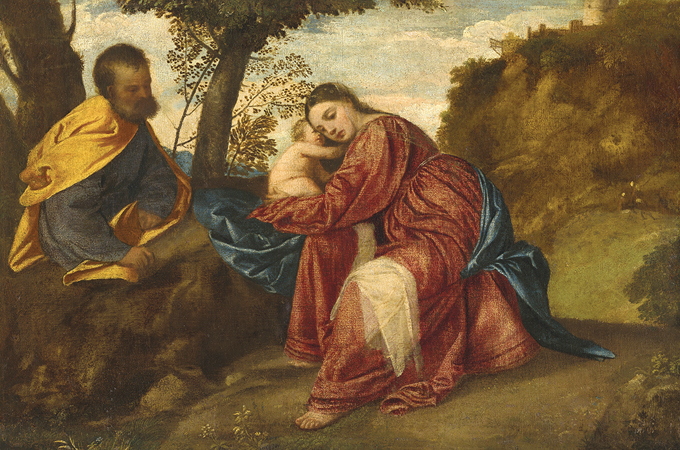
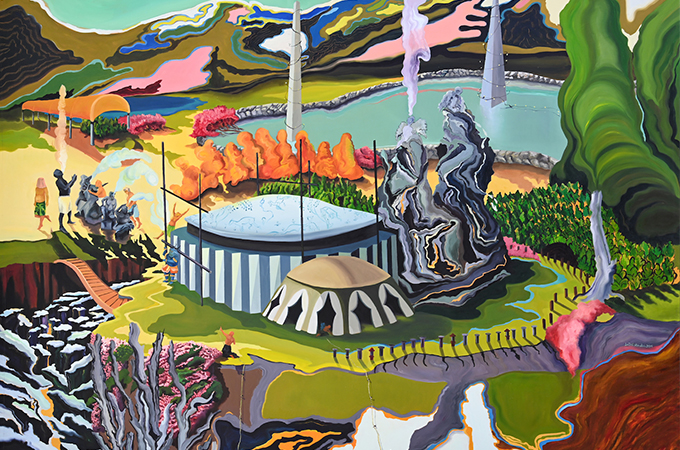
.jpg)
